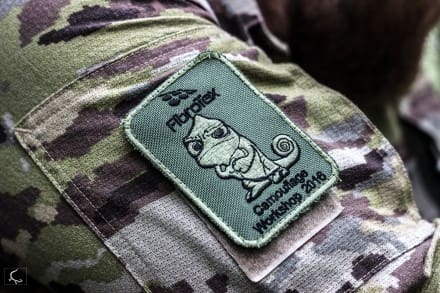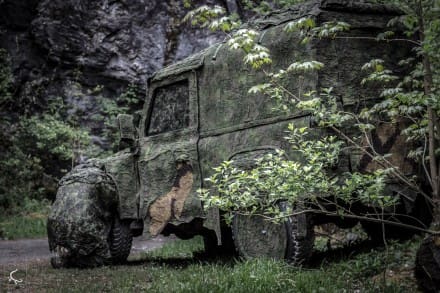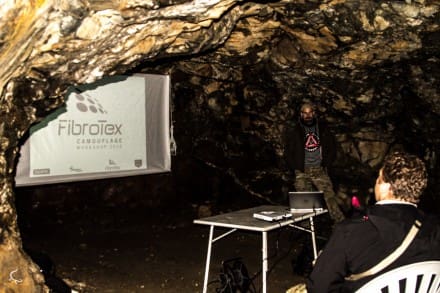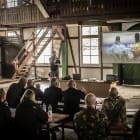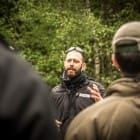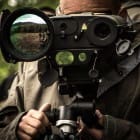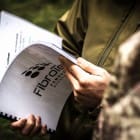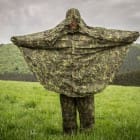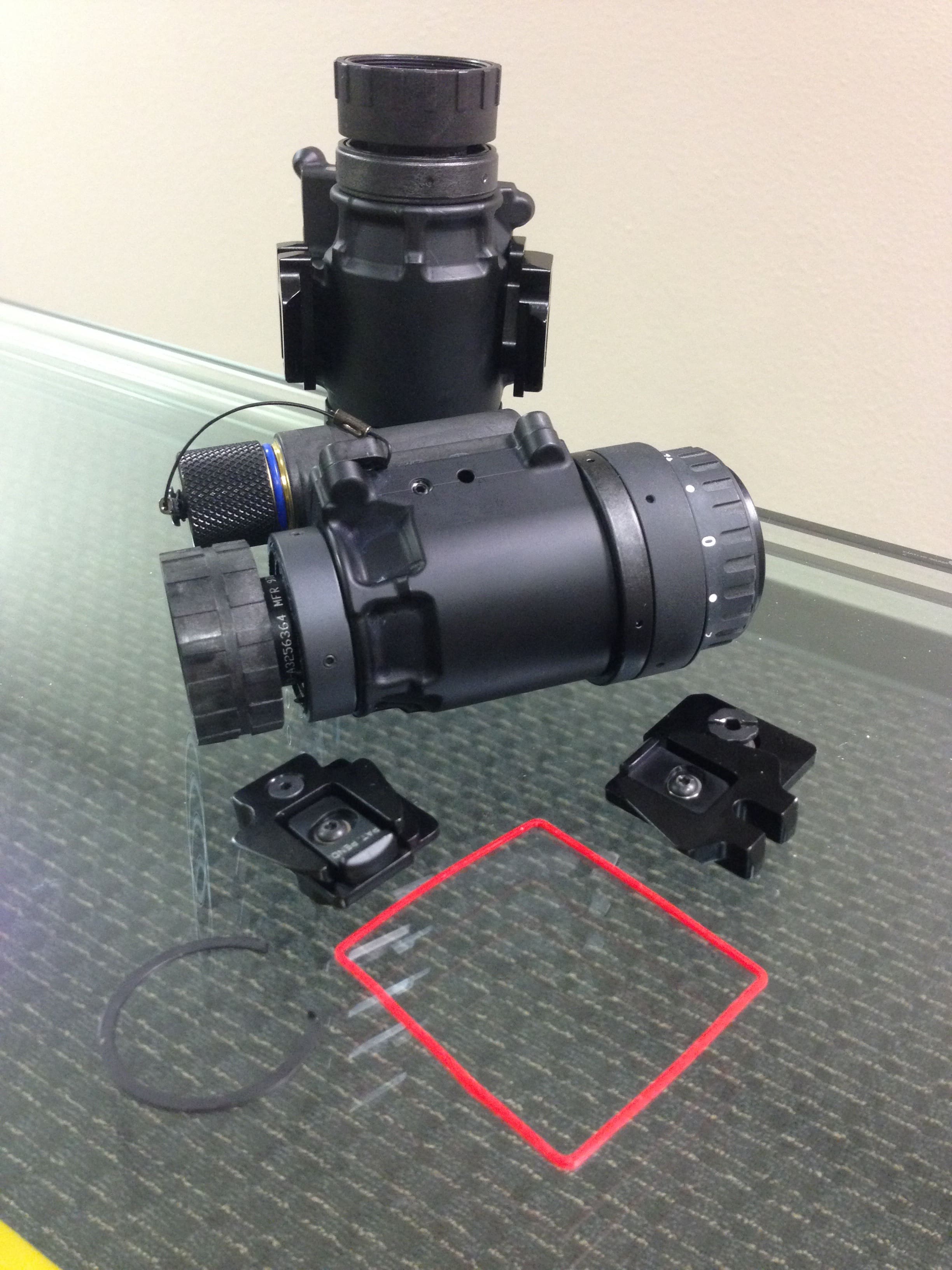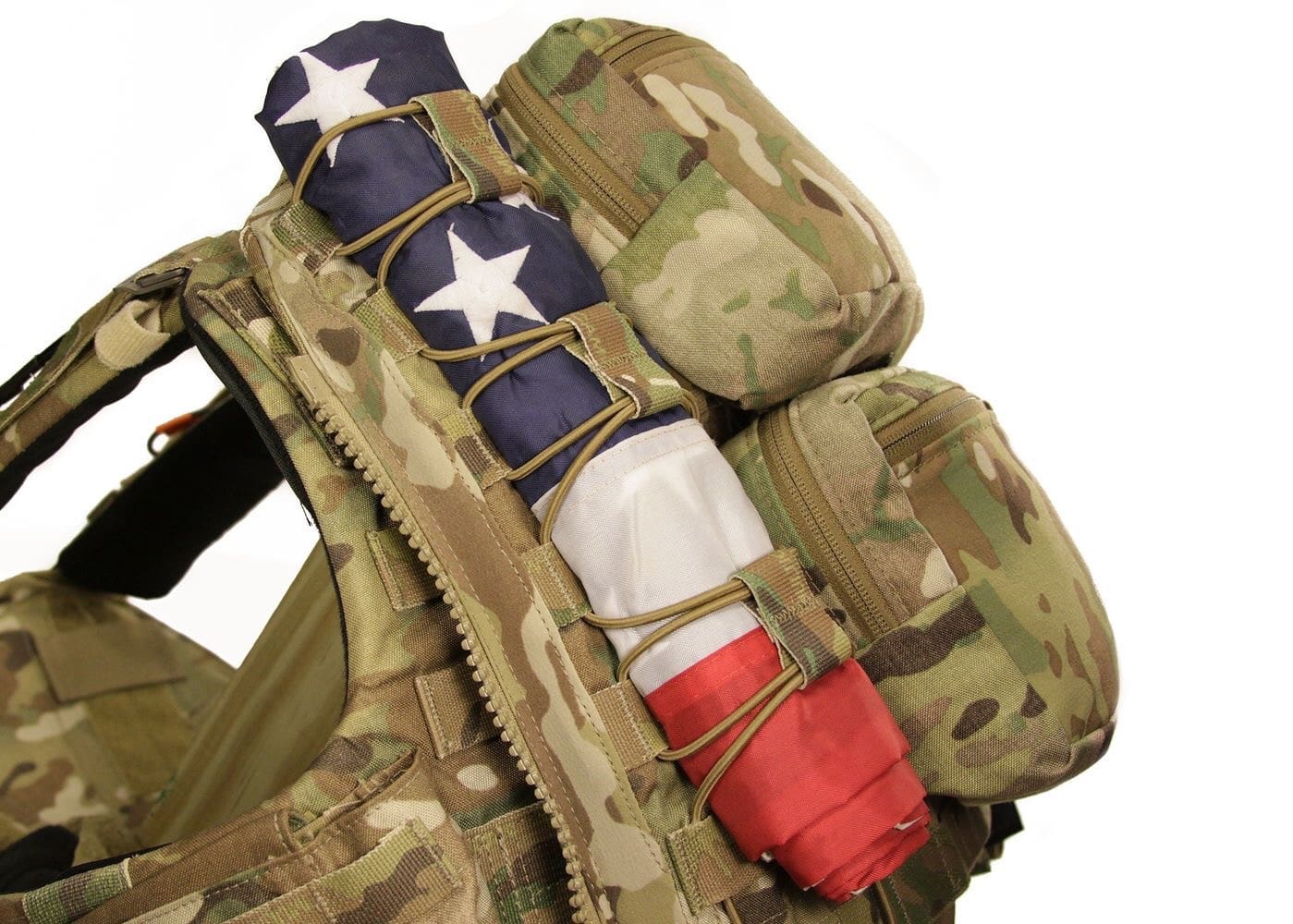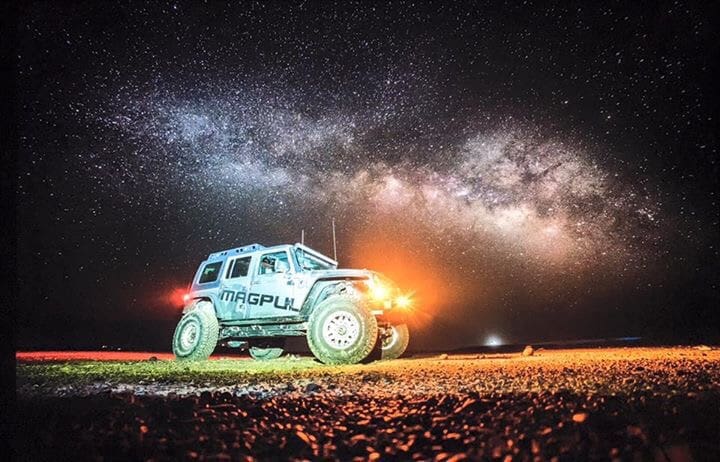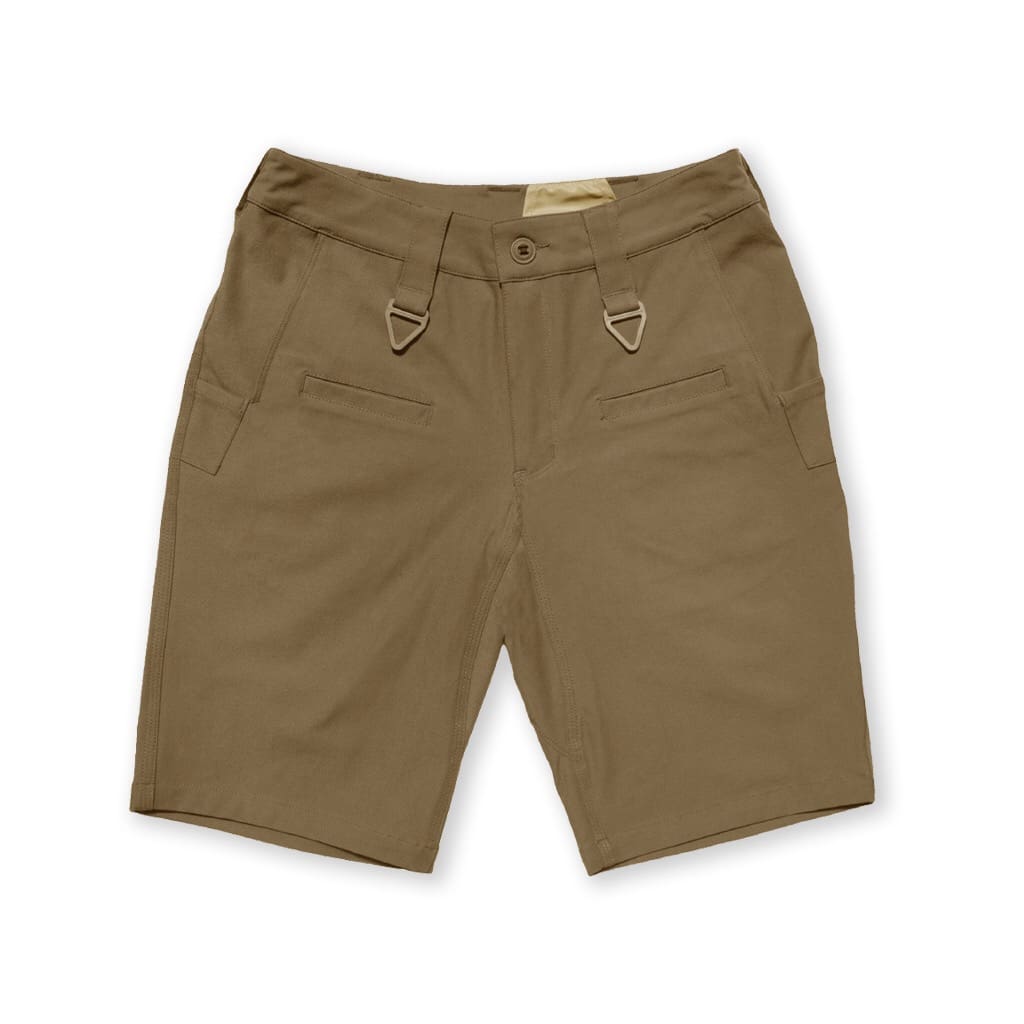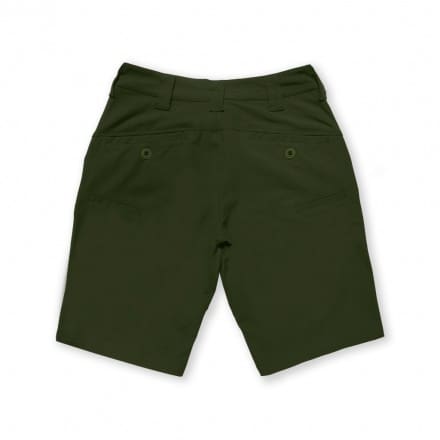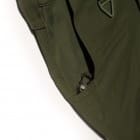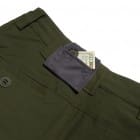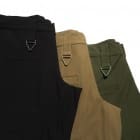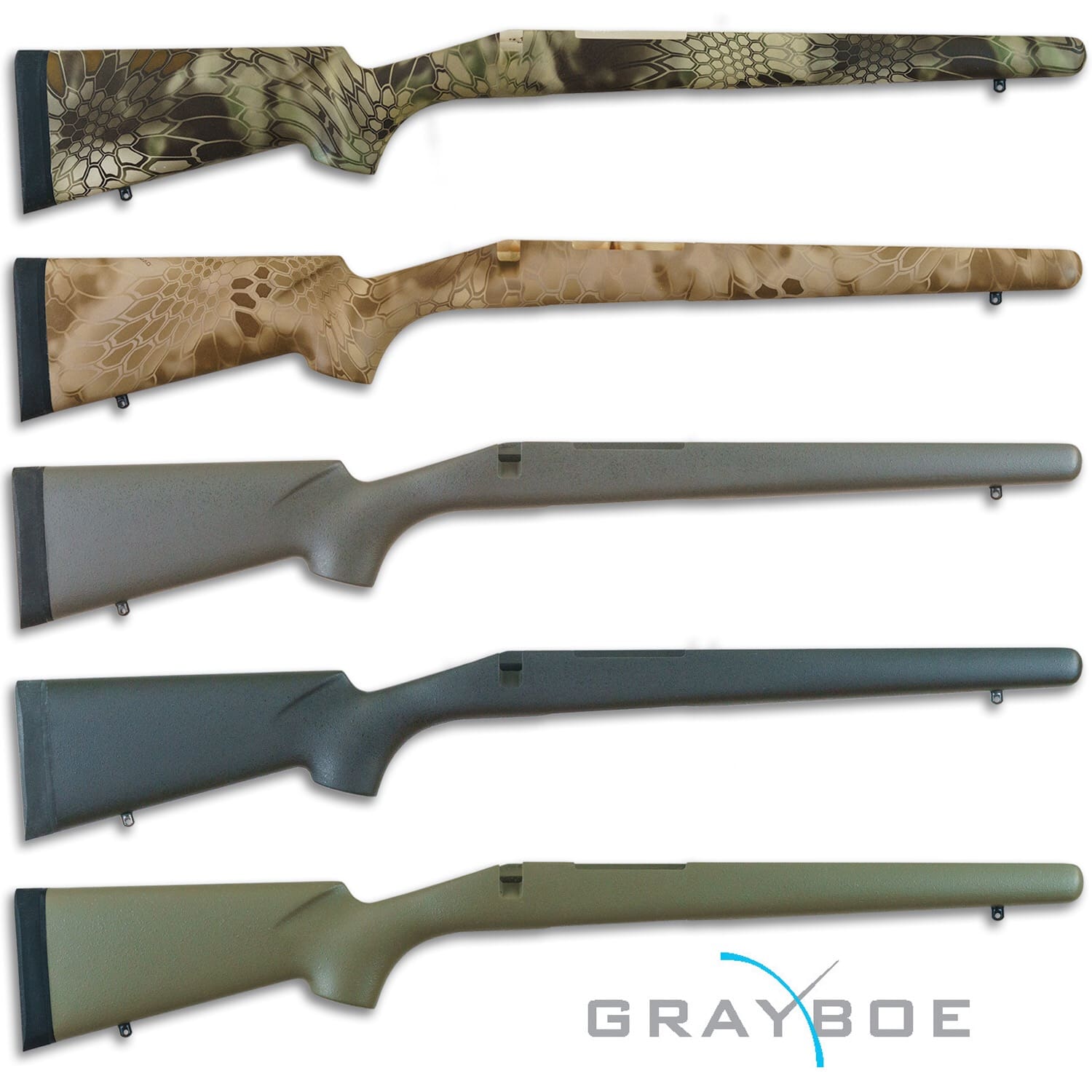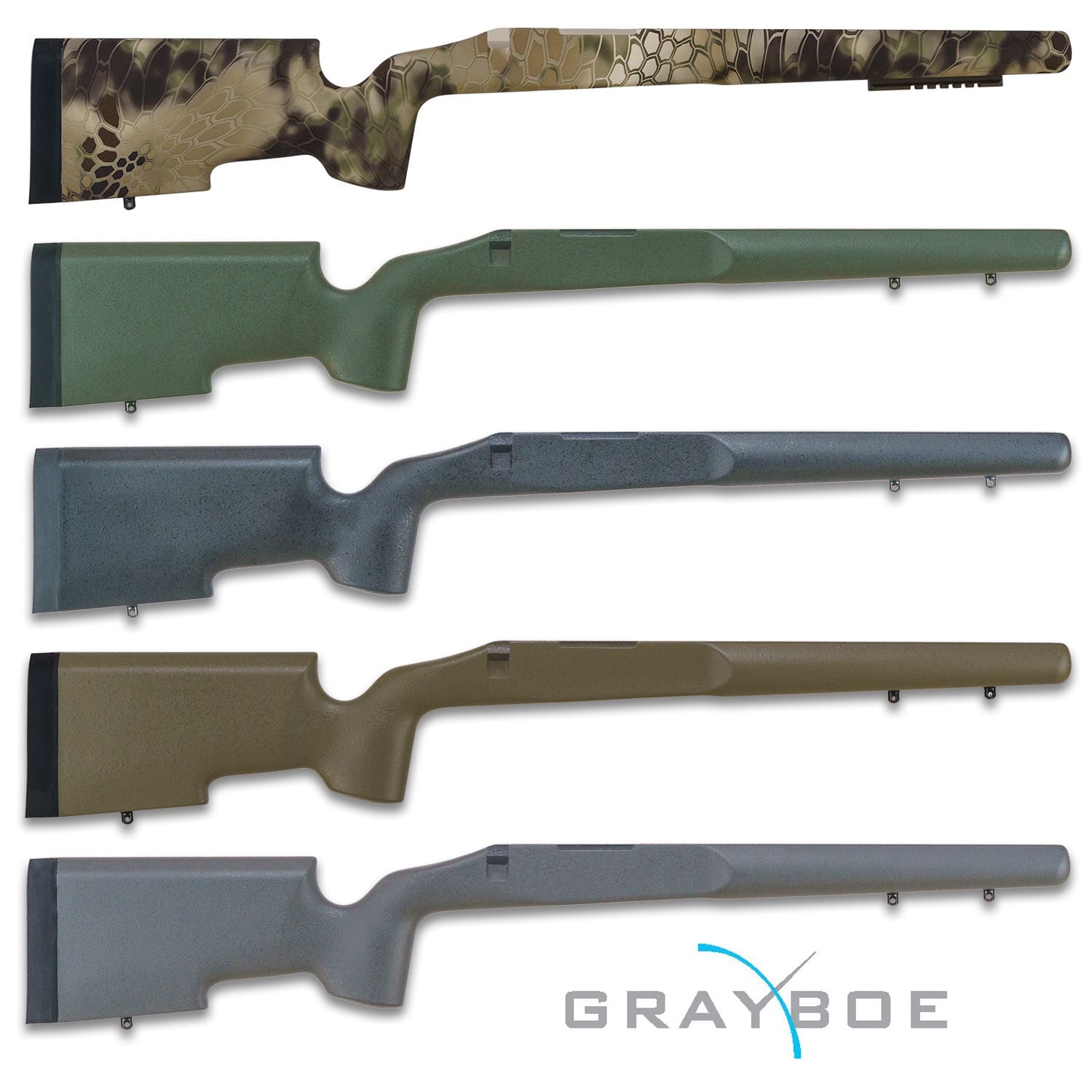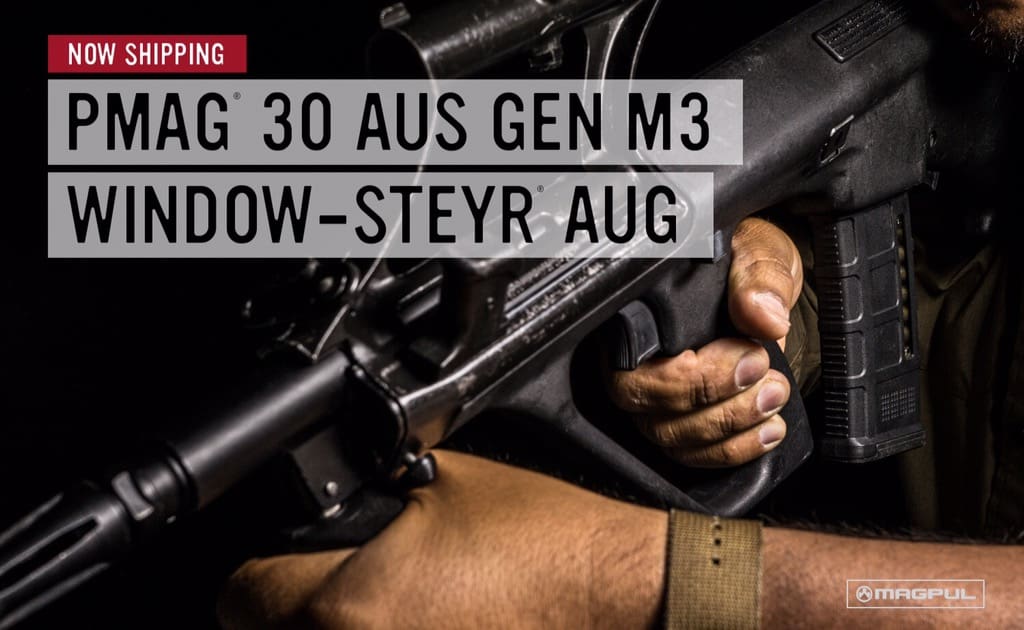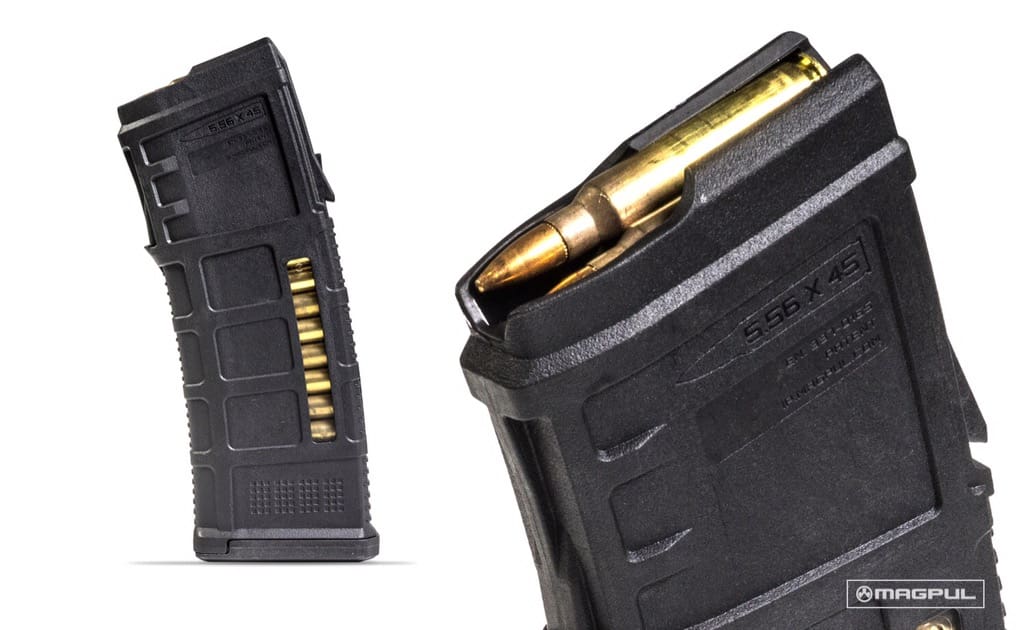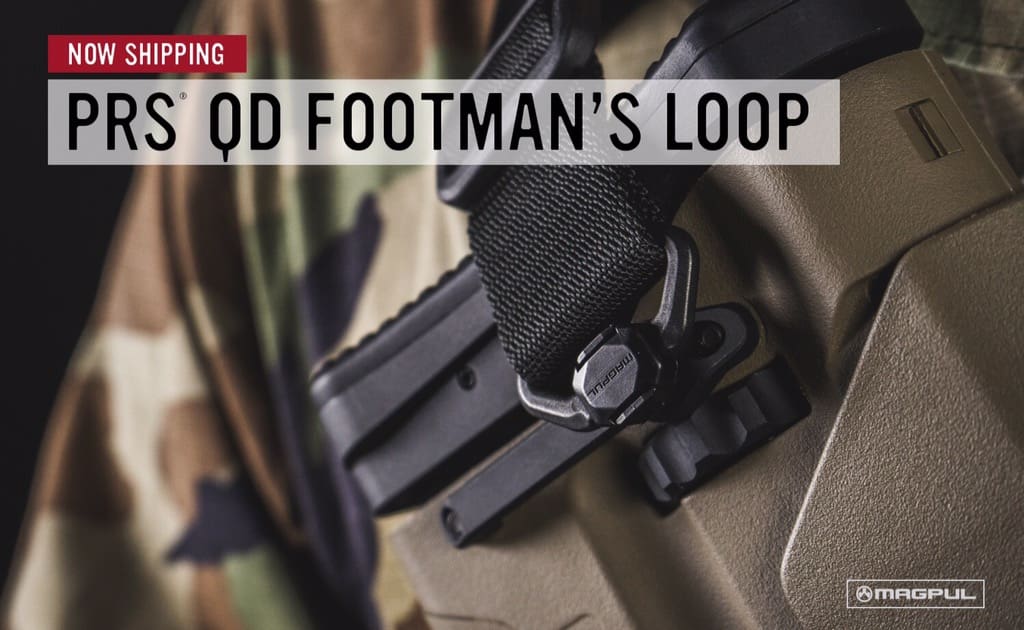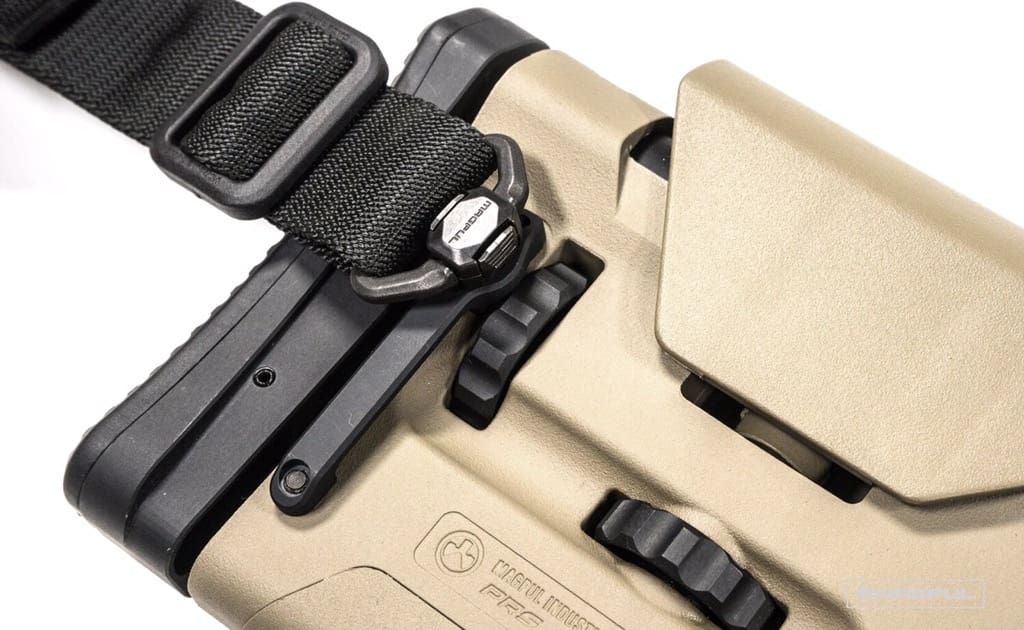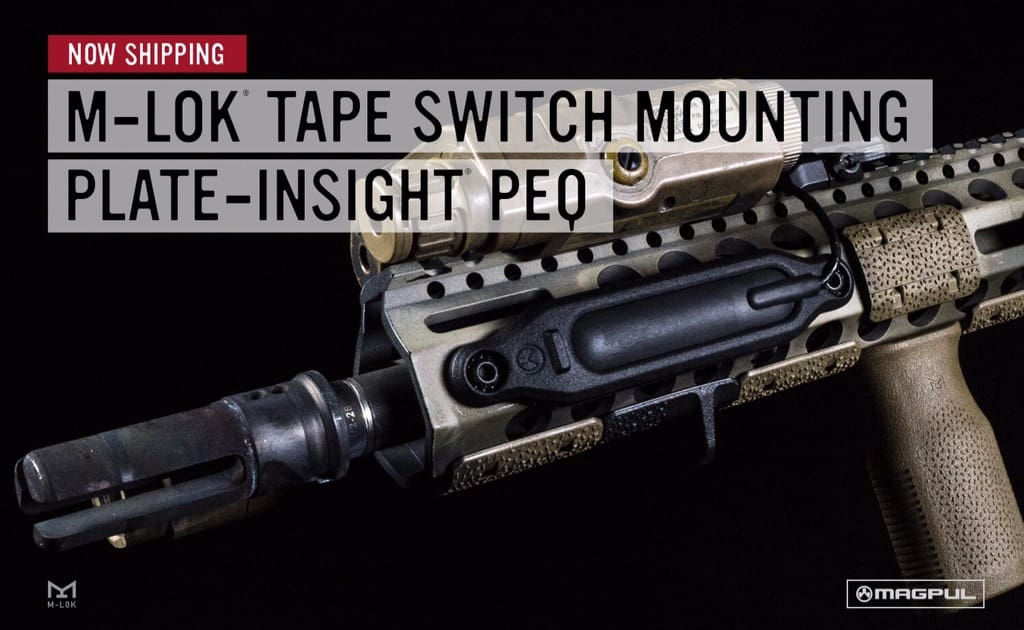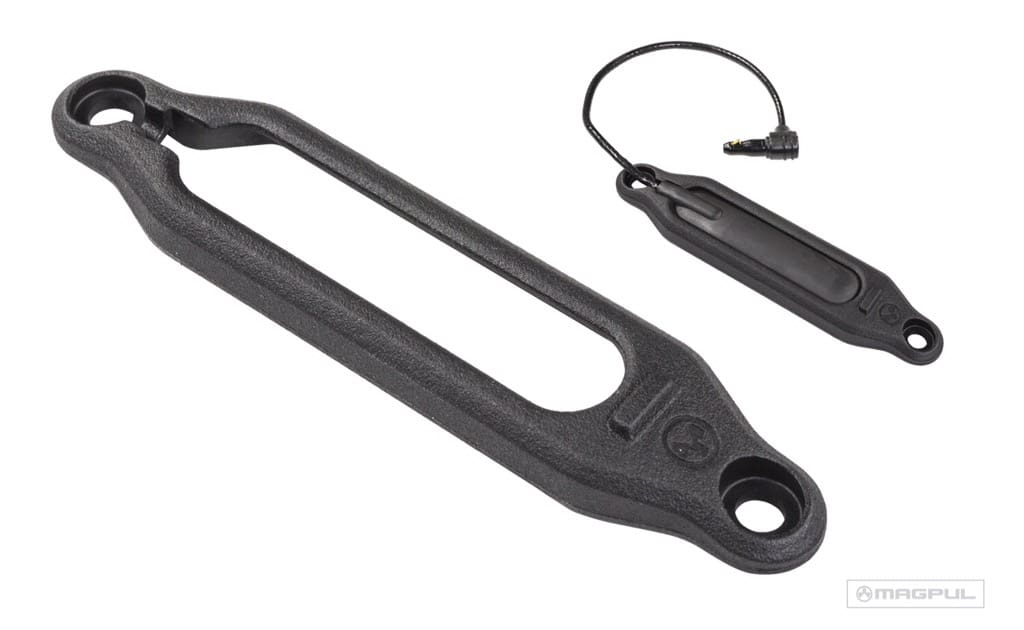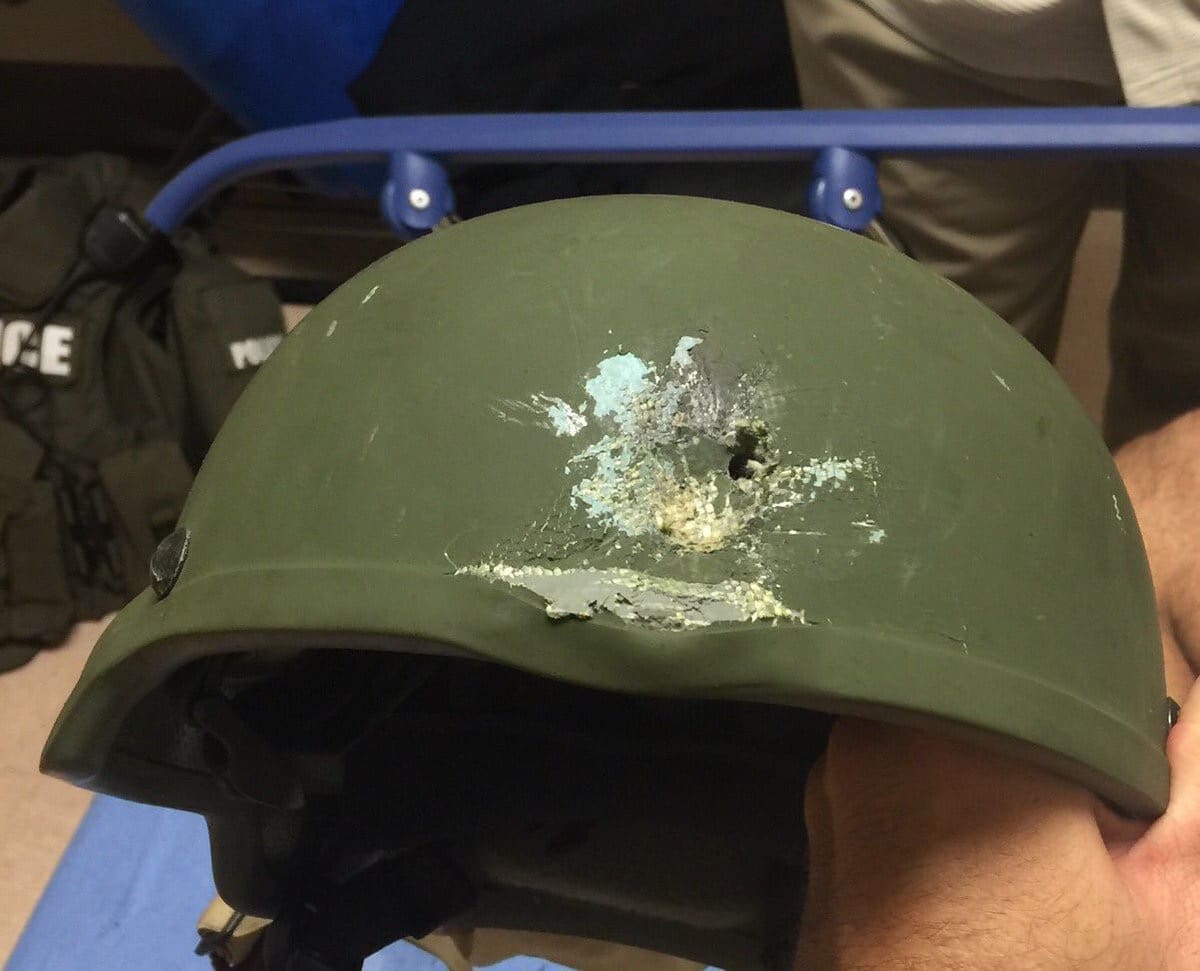Last month, Israeli company FibroTex held a Multispectral Camouflage Workshop in Bergsee, Wintenberg, Germany.
Twenty-two active operators attended the event, including snipers, recons, and mobile personnel from six major European countries.
The purpose of the workshop was to educate the troops on the ‘what’ of camouflage: camo available on the market, threats, and how to protect oneself against opposing forces using camo. The workshop also focused on re-explaining Multispectral ranges and threats – UV, VIS, NIR, SWIR, Thermal, and RADAR – and introducing SWIR capabilities and users, and how to protect against SWIR. The workshop also had the benefit of reinforcing cooperation by European SOF units, who shared and exchanged information, and contact details for future collaborations and training.
the workshop included:
· Multispectral threats presentation existing in the market today (Military & Civilian)
· Emphasizing on the latest threat – the SWIR presentation
· Operational camo lecture by ex ISTC instructor (9 years) which was held in a Cave
· “kill zone'” demo, where the attendees were entered into a ‘kill zone’ exposed to suits, op, and FibroTex’s mobile/modular system
· Day & Night spotting competition (using all devices brought by attendees)
· Handouts of all the educational material (both by hard copies and digital formats) to take back to the units
The workshop was the first of more planned for next year and beyond, with the next workshop tentatively planned for mid-February 2017. These future workshops will include Urban, High altitude, desert battle zones camouflage solutions and an operational camo seminar.


